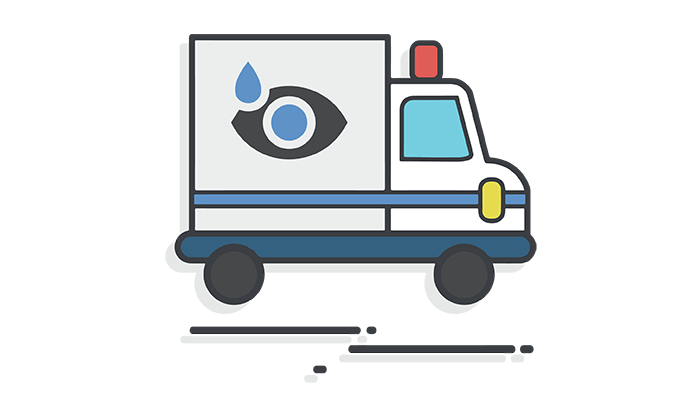
These days, access to speedy food deliveries from a variety of specialists largely depends on your location – you’re much more likely to be spoiled for choice in a big city than in rural areas. It’s not that different with drug delivery in the eye; the anterior segment (the inner city of the eye) has plenty of options, while the countryside-like posterior segment is complaining about the lack of drug delivery in their area –as well as the non-existent 5G coverage.
But the posterior segment may not be limited to home cooked meals any longer! Researchers from Kyushu University in Fukuoka, Japan, have developed a gel-in-water nanoemulsion that improves the delivery of topical drugs to the posterior segment, with maximum therapeutic efficiency. The nanogel emulsion was developed using beeswax as a gelator during ultra-sonification, which creates nanocarriers smaller than 250 nm and with physical properties that increase penetration and improve ocular permeability through the deep layers.
Clearly, delivering the drug to the target is important, but the team also established that the nanogel was biocompatible and that it didn’t cause damage to two cell lines that are known for their susceptibility to foreign particles. Moreover, tests on mice showed that the ocular surface was not irritated by the nanogel.
Current methods for treating posterior segment diseases are far from perfect – either demanding invasive procedures, requiring extreme dosage regimens to account for the rapid drug clearance, or resulting in post-treatment complications. Using nanogels and nanocarriers could be a new solution to the deep-layer ocular tissue conundrum.
References
- J Fardous et al., Transl Vis Sci Technol, 11, 16 (2022). PMID: 35576213.
